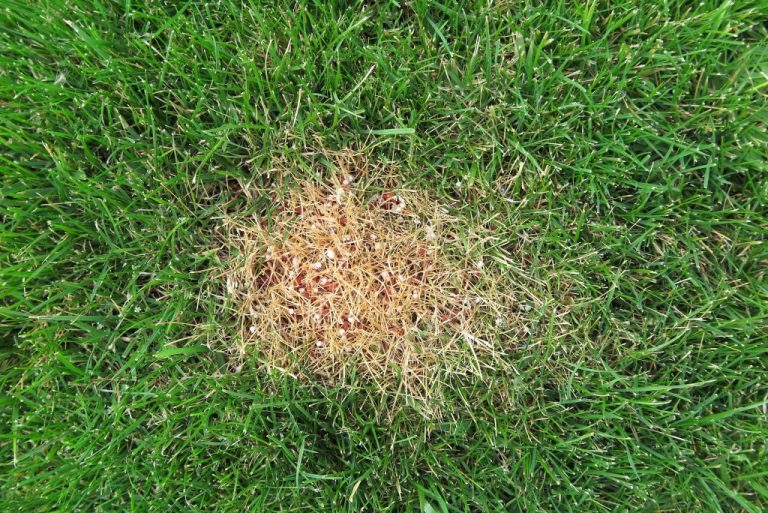In emerging tourist areas such as South Houston, keeping commercial properties in their prime condition is vital. The way visitors perceive your commercial space, whether it’s a hotel, a resort, or a mall, can make or break your business.
One of the most important elements of your commercial property is your lawn. Offices or buildings with well-maintained landscaping and curb appeal invariably make a positive first impression on clients and visitors. This is why commercial landscaping services in South Houston are so important.
To assess the health of your lawn, you must check on the following:
Color
The color of the grass is the most obvious indicator of your commercial lawn’s health. Changes throughout the season cause slight variations in the color of grass, but other than that, unusual colors can indicate dehydration. Lawn grass often turns a shade of bluish green when it needs more water. By spotting this discoloration, you can rehydrate your lawn and prevent further damage.
Another discoloration is when your grass turns yellowish or brown. This is a sign that your lawn is dying. Grass turns brown when the roots aren’t unable to get nutrients or water from the soil, so it’s important to fertilize your lawn adequately to keep it from dying.
Thickness
Like color, the thickness of your property’s lawn grass is a great indicator of your lawn’s health. A perfectly healthy lawn should feel like a cushion beneath your feet because the grass is lush and thick.
Thickness varies throughout different seasons, too. But, if you look at the grass and the soil is visible underneath, that means your lawn is thinning. Inadequate fertilization, excessive mowing, or grub infestation may be the cause of the thinning. Maintain your lawn with best practices to prevent these kinds of problems from arising.
Water
 A properly hydrated lawn is a healthy lawn. For example, Bermuda is a warm season grass that needs ½ to ¾ inch of water every one to three weeks while Kentucky bluegrass is a cool-season grass that needs watering every four to five days. Too much water inhibits healthy grass growth and makes your lawn susceptible to fungus.
A properly hydrated lawn is a healthy lawn. For example, Bermuda is a warm season grass that needs ½ to ¾ inch of water every one to three weeks while Kentucky bluegrass is a cool-season grass that needs watering every four to five days. Too much water inhibits healthy grass growth and makes your lawn susceptible to fungus.
If you notice mushrooms popping up on different areas in your lawn, that is an indication that you’re overwatering. These mushrooms are invasive fungi that take root deep in the ground. Check if you have heavily compacted soil or a thick layer of thatch, both of which create drainage problems.
Texture
Your lawn’s health can also be determined when you step on it. Healthy lawns retain their shape and the grass won’t break or crack after being stepped on. Unhealthy lawns, on the other hand, have blades of grass that will break apart and retain your footprints when stepped on.
The brittleness of grass is an indication of dehydration, but if you’re watering regularly, it may be a sign of an infestation.
The best way to maintain your lawn is by keeping it properly fertilized, watered, and aerated. This way, you can ensure that your lawn is getting enough of what it needs, making it look healthy and attractive.

